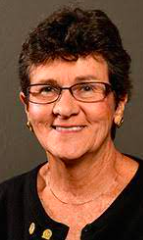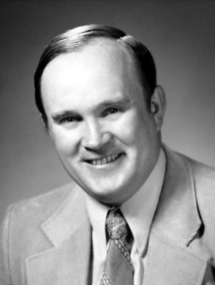Steve first involvement with athletic training came in his freshman year at Lake Park High School in Medinah, Illinois. The school had a student training program, and after serving in the fall as a football manager for the freshmen team he was asked to go into athletic training, and replace the older fellow who was doing it. The following year his family moved to the Cincinnati OH area and Wyoming High School. The school did not have student athletic trainers so Steve worked as a football manager and help take care of wounds and injuries. His first education in athletic training came be the way of the Cramer correspondence course. Steve went to college at Johns Hopkins University in Baltimore and expected to leave the athletic world behind. The freshman football coach looked through the applications to see who had played, and he also saw that Steve had been a manager, so he ask him to consider doing it there. After the football season, Steve was asked to be one of two student athletic trainers, replacing one who was about to graduate. Since it paid half-tuition and his father was unemployed at the time, it sounded like a good idea. He would work in the Hopkins athletic training room for the rest of the four years he was there. He worked with Mr. L.R.J. “Brandy” Brandimore, an old Navy corpsman who had not been to college, but had been assigned to the training room at the USNA and had learned some stuff in that way. Steve’s primary assignments, were soccer, basketball, and track, and everyone pitched in with football and lacrosse, which is Hopkins’ real sport. Johns Hopkins split the national lacrosse championship in each of his first three years. During his junior year he worked with the basketball coach, the famous Jimmy Valvanio, which was his first head coaching job.
After graduating from John Hopkins Steve planned to go to the University of Cincinnati and get certified to teach. In the middle of the summer his uncle in Chattanooga, who son was a student at McCallie School, found out that a teacher had passed and he contacted Dr. Spencer McCallie, who invited Steve for an interview. Steve was hired as a full time teacher, athletic trainer and doing duty in the dormitory. He would be a teacher and athletic trainer for 17 years and after giving up the athletic training position he still teaches and counsels students for college. Doug May succeeded Steve at McCallie School.
Steve was TATS’s president 1986-1990. He has been a speaker at coach’s clinics and various workshops. He was often interviewed by local TV people and sports writer about sports medicine and athletic training in Chattanooga.











